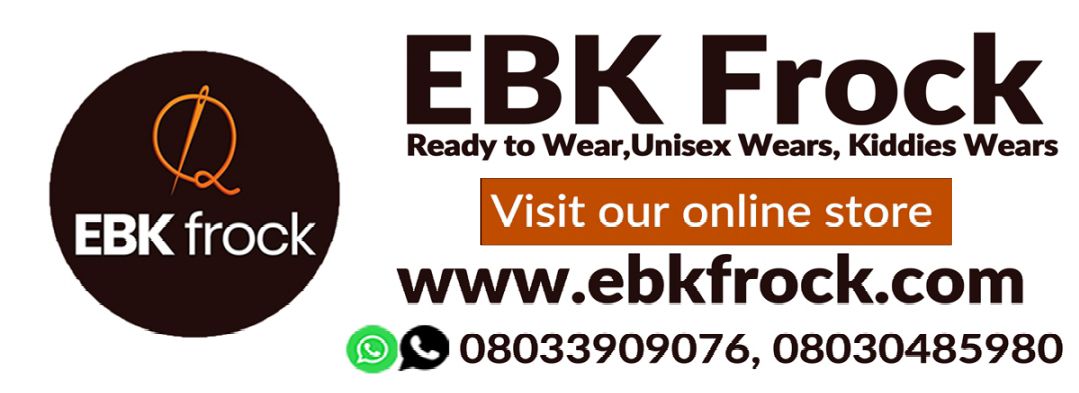In the two previous Corona years, there was a loss of value added in Germany of around 350 billion euros. Over the past eight quarters, consumption has fallen by 270 billion euros. If the pandemic hadn’t happened, investments would have been around 60 billion euros higher. Pandemic-related government spending and, above all, foreign trade noticeably dampened the overall economic losses in the second year of Corona.
A recent by a German economic think rank has revealed the depth of losses suffered by Germany the to the corona pandemic.
The report is accesible via https://www.iwkoeln.de/studien/michael-groemling-oekonomische-verluste-nach-zwei-jahren-corona-pandemie.
A.synopsis is published below:.
It has now been two years since the corona pandemic also arrived in Germany. In February 2020, it became more and more apparent that the German economy would also be affected across the board as a result of the virus spreading rapidly across the globe (Grömling, 2020). On the supply side, the value chains and production processes were severely disrupted in spring 2020 because global logistics were restricted and some essential foreign and domestic supplies were missing. Employees were unable to go about their work in the usual way due to their own illness, private restrictions as a result of closed kindergartens and schools, and health precautions.
The real gross domestic product (GDP) in the second quarter of 2020 was a good 11 percent below the corresponding level of the previous year. Operational flexibility, for example through home office, was able to avoid even greater losses. Domestic demand fell due to the lockdown measures, such as the closure of restaurants and parts of retail, and the reluctance to invest as a result of the high level of uncertainty. Economic stimulus packages helped stabilize domestic employment and income. In addition, in the spring of 2020, business with other countries initially fell sharply.
However, the rapid and strong recovery in world trade and German exports then contributed to an initially rapid restart of German industry in the third quarter of 2020. for example by working from home, was able to avoid even greater losses. Domestic demand fell due to the lockdown measures, such as the closure of restaurants and parts of retail, and the reluctance to invest as a result of the high level of uncertainty. Economic stimulus packages helped stabilize domestic employment and income. In addition, in the spring of 2020, business with other countries initially fell sharply. However, the rapid and strong recovery in world trade and German exports then contributed to an initially rapid restart of German industry in the third quarter of 2020. for example by working from home, was able to avoid even greater losses.
Domestic demand fell due to the lockdown measures, such as the closure of restaurants and parts of retail, and the reluctance to invest as a result of the high level of uncertainty. Economic stimulus packages helped stabilize domestic employment and income. In addition, in the spring of 2020, business with other countries initially fell sharply. However, the rapid and strong recovery in world trade and German exports then contributed to an initially rapid restart of German industry in the third quarter of 2020. and the reluctance to invest as a result of the high levels of uncertainty. Economic stimulus packages helped stabilize domestic employment and income. In addition, in the spring of 2020, business with other countries initially fell sharply.
However, the rapid and strong recovery in world trade and German exports then contributed to an initially rapid restart of German industry in the third quarter of 2020. and the reluctance to invest as a result of the high levels of uncertainty. Economic stimulus packages helped stabilize domestic employment and income. In addition, in the spring of 2020, business with other countries initially fell sharply. However, the rapid and strong recovery in world trade and German exports then contributed to an initially rapid restart of German industry in the third quarter of 2020.
However, hopes of a sustained recovery have been repeatedly shaken in the past two years due to renewed waves of infection: First, the second wave at the end of 2020 choked off the recovery, especially in personal services.
A renewed recovery was only possible after the third wave had subsided in early summer 2021, and the service sector as a whole even managed to return to the pre-crisis level of the fourth quarter of 2019 with its real gross value added in the third quarter of 2021. The fourth wave from autumn 2021 and the seamless transition to the fifth wave will continue the stop-and-go in the particularly endangered service areas in the first quarter of 2022.Content item with ID 10447
In industry, the initially strong recovery after the first shock – industrial production in April 2020 was 30 percent below the annual average for 2019 – came to a standstill again in the fourth quarter of 2020. Increasing production disruptions due to a lack of supplies led the manufacturing industry into another recession. While the production gap in industry (compared to the annual average for 2019) was just under 4 percent at the end of 2020, it was around 7 ½ percent again at the end of 2021. In the automotive industry in particular, missing components caused another massive slump. Entire automobile plants had to be closed and the corresponding production gap (compared to 2019) widened from a good 10 percent at the end of 2020 to over 30 percent by autumn 2021.
As a result of the severe slumps in spring 2020 and the repeated setbacks, considerable economic damage has now built up from the pandemic and the accompanying circumstances that arose in this context – such as global logistics problems. In order to quantify these losses, the following calculation can be made: The actual economic development in the past two Corona years is compared with a counterfactual economic development. An economic environment is assumed in which the corona pandemic simply does not exist. In addition to this counterfactual economy, the fourth quarter of 2021 must first be estimated on the basis of the annual value for 2021 that is already available.
According to this model calculation, cumulative shortfalls in private consumption in Germany over the past eight quarters are likely to have been in the order of 270 billion euros. The lockdown measures and changes in behavior primarily affected the person-intensive part of consumption. Compared to a counterfactually unchecked consumption dynamic without the Corona pandemic, the losses in 2021 will be around 145 billion euros, even 20 billion euros higher than in the first Corona year.
There were also noticeable shortfalls in gross fixed capital formation. While investments in equipment plummeted, there was still further growth in construction investments in the first two years of Corona. If the pandemic had not existed, total investments in Germany over the past two years would have been around 60 billion euros higher in real terms. This not only represents a short-term loss of investment demand as a result of the pandemic, but also has a slowing effect on economic development in the long term due to the lost capital stock effects.
However, these losses in private consumption and investments are offset by strong stimulus from government consumption as a result of the economic stimulus packages and additional expenditure caused by the pandemic – for example in hospitals or for vaccination centers. At least in 2021, there were also noticeable positive economic stimuli from net exports. Exports and imports are almost back to the level of 2019. Last but not least, license income in the pharmaceutical sector has driven German exports and the trade balance.
Nevertheless, a comparison of the two forecasts – on the one hand without the corona pandemic (counterfactual comparison basis) and on the other hand based on the actual situation – now shows a loss in price-adjusted GDP totaling almost 350 billion euros over the past eight quarters (Figure). The first Corona year 2020 accounted for almost 200 billion euros and for 2021 the losses amounted to a good 150 billion euros. State consumption and, above all, foreign trade noticeably dampened the overall economic losses, especially in the second year of Corona.
This loss record includes the development up to the end of 2021. But there will also be considerable losses in the coming quarters compared to a counterfactual development. These can amount to a further 50 billion euros in the first quarter of 2022 alone if there are significant impairments in economic life as a result of the Omicron wave.
Even if real GDP were to reach the pre-crisis level again by the end of 2022, there would still be a significant gap to economic output in a counterfactual world without a corona pandemic. Only with strong economic growth in the next few years can the gaps in value creation and income caused by the pandemic be closed bit by bit.


